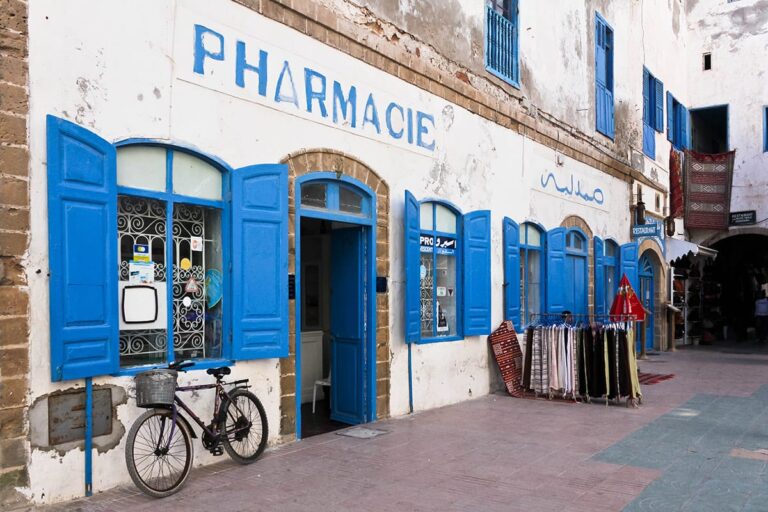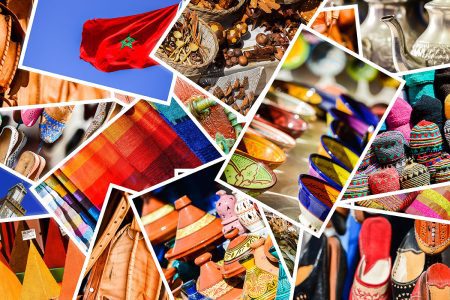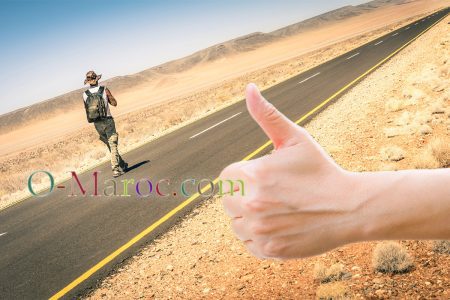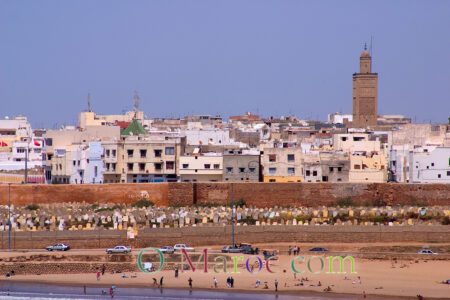On the forums, we often see concerns such as “Will I be able to find nappies or potties for my baby? “What medicines should I take with me? “What vaccinations do I need for Morocco?
Vaccinations for Morocco
No specific vaccinations are required. As everywhere else, it’s advisable to keep up to date with your vaccinations, especially for tetanus and rabies.
The Moroccan countryside is littered with old, rotting rubbish due to the lack of proper rubbish collection. From beer cans to pieces of glass and rusty wire, a foot injury can happen quite quickly.
Rabies is also a serious problem, and many stray dogs are aggressive, although not necessarily rabid, but it’s much safer to be up to date.
Apart from that, there are no particular risks in terms of hepatitis, encephalitis, etc.
There is a slight risk of malaria in the marshy areas, particularly near Mohammédia, but it is not very virulent (zone I classification).
Local availability
In the large cities, everything is available, either in pharmacies or, for para-medical products, in Marjane-type supermarkets.
So there’s no need to overload yourself with everyday essentials, you can buy almost everything you need for baby and yourself when you arrive, and French brands are very well distributed.
For mineral water, the local equivalent of Evian is Sidi Ali, also sold by Danone.
For the pill or other ‘basic’ medication, take the dose you need for your trip, and your prescription in case you lose it, so you can replace it without any problem. Condoms are sold in supermarkets, pharmacies and para-pharmacies and in some hanouts (small shops). In the hanouts, be sure to check the expiry dates.
In small towns, availability is more uncertain. There are “the necessities” in medicine depots or health centres, but not always exactly the brand you want, and much less, if any, baby food or nappies. You just need to stock up before leaving the big city.
What I bring with me and what I buy locally
I bring with me:
- Zyrtec, because I’m allergic, (not any more, you can find its equivalent in Morocco under the name Curetec, so I just take what I need for an emergency);
- a mini kit, with the bare essentials for 2 days, including a mini tube of travel toothpaste and toothbrush, and a flannel;
- high-coverage suncream – strangely enough, the highest SPFs are not that easy to find in supermarkets;
- a good collection of plasters, Urgo type or other. The ones you find in Morocco have the bad habit of not sticking, or of being made of plastic rather than fabric (so they can’t be deformed). Colloidal dressings, on the other hand, are easy to find in big cities;
- homeoplasmine, a remarkable healing cream – disinfectant creams are more readily available in Morocco;
- my facial cleanser and a hair balm, brands distributed ‘in-house’ in Europe, so impossible to find in Morocco.
And that was it. At the beginning I took a lot more things.
I buy in Morocco:
- instead of Tiger Balm, local ‘massages’, which heat up just as much, if not more ;
- Moroccan beauty products, the terracotta foot grater, black soap, ghassoul, rose cream and cosmetic argan oil;
- cleaning products for my contact lenses and the contact lenses themselves, if necessary (the desert is destructive), products and lenses are a little cheaper than in Europe, lenses are available in 24 hours in large cities, 48 hours elsewhere;
- Betadine, to put on small abrasions to discourage flies;
- shampoos, shower gels and toothpastes;
- small vials of eye drops or artificial tears (here again, the desert is harsh);
- anti-tourista medication, analgesics, fever reducers, etc… there’s everything you need on site;
- Curetec, therefore ;
- Di-Indo, a powerful anti-inflammatory;
- Addax if I need a healing cream.
But always in an official pharmacy, or in a health centre if there is no pharmacy.
The list can be adapted to suit individual needs.
And what about traditional medicine?
When something goes wrong outside the towns, you may be offered the services of a “bonesetter” or someone who treats villagers who don’t want to/can’t go to the doctor.
Beware…
This traditional knowledge is very effective, as far as I’ve been able to see, for anything to do with light mechanics, sprains, etc… But when it comes to broken bones and medication, beware: it is aimed at bodies that are much more hardened than ours, at stomachs that are used to many other things. It’s best to avoid it, especially as, barring exceptional circumstances, the emergency services are never far away.
And what about the hijama?
Traditional medicine also includes prophetic medicine or hijama. Traditionally practised in Morocco, this wet cupping therapy is enjoying a resurgence in popularity.
However, the practice is not regulated. Once the domain of the “hairdressers” (hijjams) who practised in the souk, it is gradually entering the medical field with practitioners who are doctors or nurses.
As it involves incisions, great care must be taken.
What to do with surplus medicines?
It’s tempting to give them away, but in that case you’d be better off going to a health centre or association, which will be able to keep them in good condition and use them, rather than to local people. For many of them, the instructions for use are incomprehensible, and the notion of a best-before date is a concept of science fiction… which is to be expected when you’re treating yourself with dry herbal decoctions.
Many more pharmaceutical products available
With experience, living in Morocco, I’ve found some excellent local substitutes for certain drugs that I can’t find.
As an antihistamine, Zentec is an excellent replacement for Zyrtec (it’s the same basic molecule).
As a healing cream, Addax works wonders. It’s a bit expensive, sold only in pharmacies, but “well worth it”.
We’ve also made great progress with dressings, and colloidal dressings are available everywhere. However, “plasters that stick” are still relatively rare.
Finally, in the big cities, Tiger Balm is readily available.
Many more pharmaceutical products available
With experience, living in Morocco, I’ve found some excellent local substitutes for certain drugs that I can’t find.
As an antihistamine, Zentec is an excellent replacement for Zyrtec (it’s the same basic molecule).
As a healing cream, Addax works wonders. It’s a bit expensive, sold only in pharmacies, but “well worth it”.
We’ve also made great progress with dressings, and colloidal dressings are available everywhere. However, “plasters that stick” are still relatively rare.
Finally, in the big cities, Tiger Balm is readily available.
 A typo or syntax error? You can select the text and hit Ctrl+Enter to send us a message. Thank you! If this post interested you, maybe you can also leave a comment. We'd love to exchange with you !
A typo or syntax error? You can select the text and hit Ctrl+Enter to send us a message. Thank you! If this post interested you, maybe you can also leave a comment. We'd love to exchange with you !




